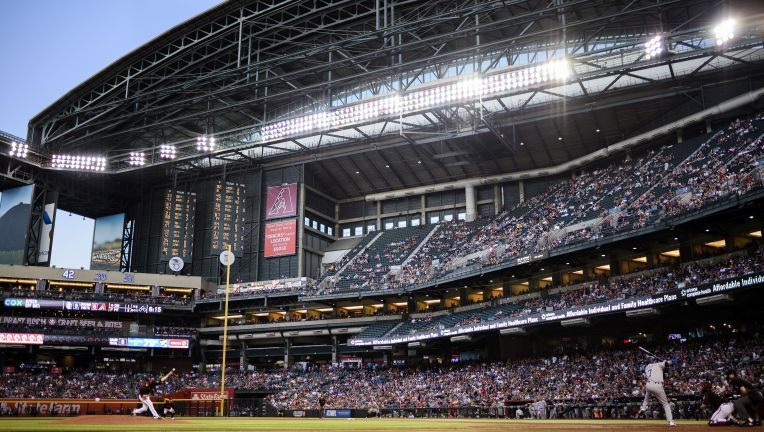
By Patrick Culcasi || Layout Assistant
Most professional sports leagues in the country and around the world are currently grappling with the decision to either preserve what they can of their season or launch a season that may be already delayed. Major League Baseball is no different. When COVID-19 began to boom in the United States, the MLB was in the middle stages of their annual Spring Training in Florida and Arizona. The first player testing positive in the NBA and the NBA’s eventual shutdown in addition to the sharp increase in US coronavirus cases both led the MLB to postpone events until further notice. At this point in time, the regular season would have already been two to three weeks in, with teams having played roughly 20 games. Yet, stadiums are empty and players, managers, coaches, and umpires are at home. This is not inconsistent with any other American sports league, and just like other leagues, the MLB is trying to find some way to play safely.
Discussions regarding the future of the league took place the night of April 6th, and talks bled over to the morning of April 7th. After these discussions, ESPN’s Baseball Correspondent, Jeff Passan, reported a new proposal regarding a potential solution. The MLB has been in communication with players along with the CDC and the NIH in order to draft a plan that would include up to a four and a half month season in and around Phoenix, Arizona. All 30 MLB teams would be in the city playing in the Arizona Diamondbacks’ Chase Field and other surrounding Minor League and Spring Training stadiums without fans. The teams would be completely isolated and only be allowed in the stadiums, hotels, and buses. If this plan was to be approved by all parties, the MLB would be the first sports league to make a return in the time of COVID-19. However, before enacting this plan, testing would first need to become more widely available.
Passan made it clear that the MLB wants to avoid the scrutiny put on the NBA for widely testing players when the rest of the country is struggling to obtain said tests. The MLB would not want their players to be tested if it meant there would be a negative impact on other citizens’ ability to get tested. That being said, the league is not necessarily concerned with players being harmed by the virus, rather their concerns lie with the older managers, administrators, and umpires who take the field with the players. Passan notes that this would be the main concern and would make the isolation and testing of all involved even more crucial.
If this plan was to go through, it would require all those involved to understand that they wouldn’t be able to see their families for up to four and a half months. Therefore, it would make sense for individuals to be able to opt-in or out for the season, which would likely impact roster sizes. To compensate for both the virus and the grueling heat of Arizona in the spring and summer, rosters would likely be expanded.
This plan still hinges on the availability of tests across the whole country. If amble testing was to become a reality, the MLB has several ideas to further maintain the safety of all those involved. ESPN reports that they could implement an electronic strike-zone to keep umpires further from the catcher and hitter. In addition, they could prevent catchers and coaches from visiting the mound, or even have players sit in the empty stands in order to promote social distancing. While the MLB would certainly like to see the increased availability of testing, so would the rest of the country as it would be a big step in helping normalcy to slowly creep back into our lives.
Sophomore Patrick Culcasi is a Layout Assistant. His email is pculcasi@fandm.edu.